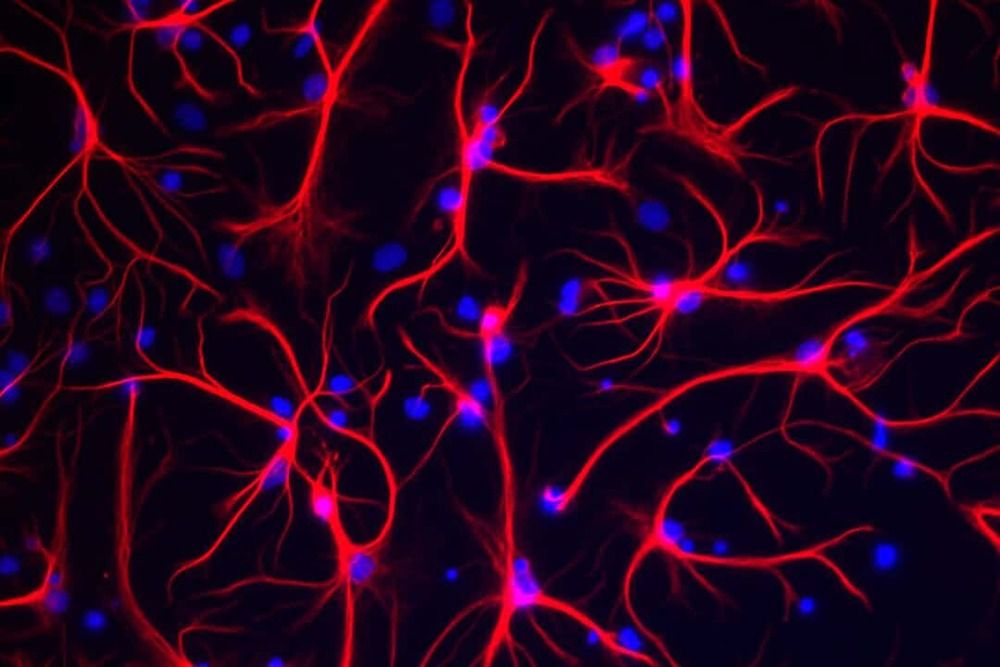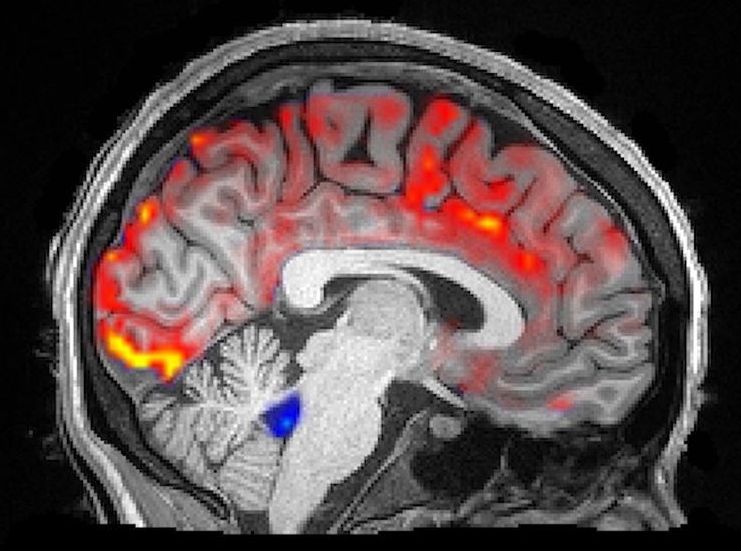
One of the most intriguing developments in the so-called golden age of neuroscience has been the growing understanding of “neuroplasticity”: the brain’s ability to constantly reshape itself and constantly learn new things by forging new connections throughout one’s lifetime — to grow proportions of gray matter and even shift brain activity to different regions of the brain.
Now a new research effort is taking the concept of neuroplasticity further — looking at diseased and injured brains that have permanently lost neurons. The effort, led by neuroscientist Magdalena Götz, explores whether “astrocytes” — non-neuronal, structural cells in the brain, can be reprogrammed to take up the tasks the neurons once performed.
“Everybody is astonished, at the moment, that it works,” says Nicola Mattugini, a neurobiologist at the Ludwig Maximilian University of Munich, Germany, when she presented her team’s results at the annual meeting of the Society for Neuroscience in San Diego, California. Their team reprogrammed the astrocytes in lab mice.









